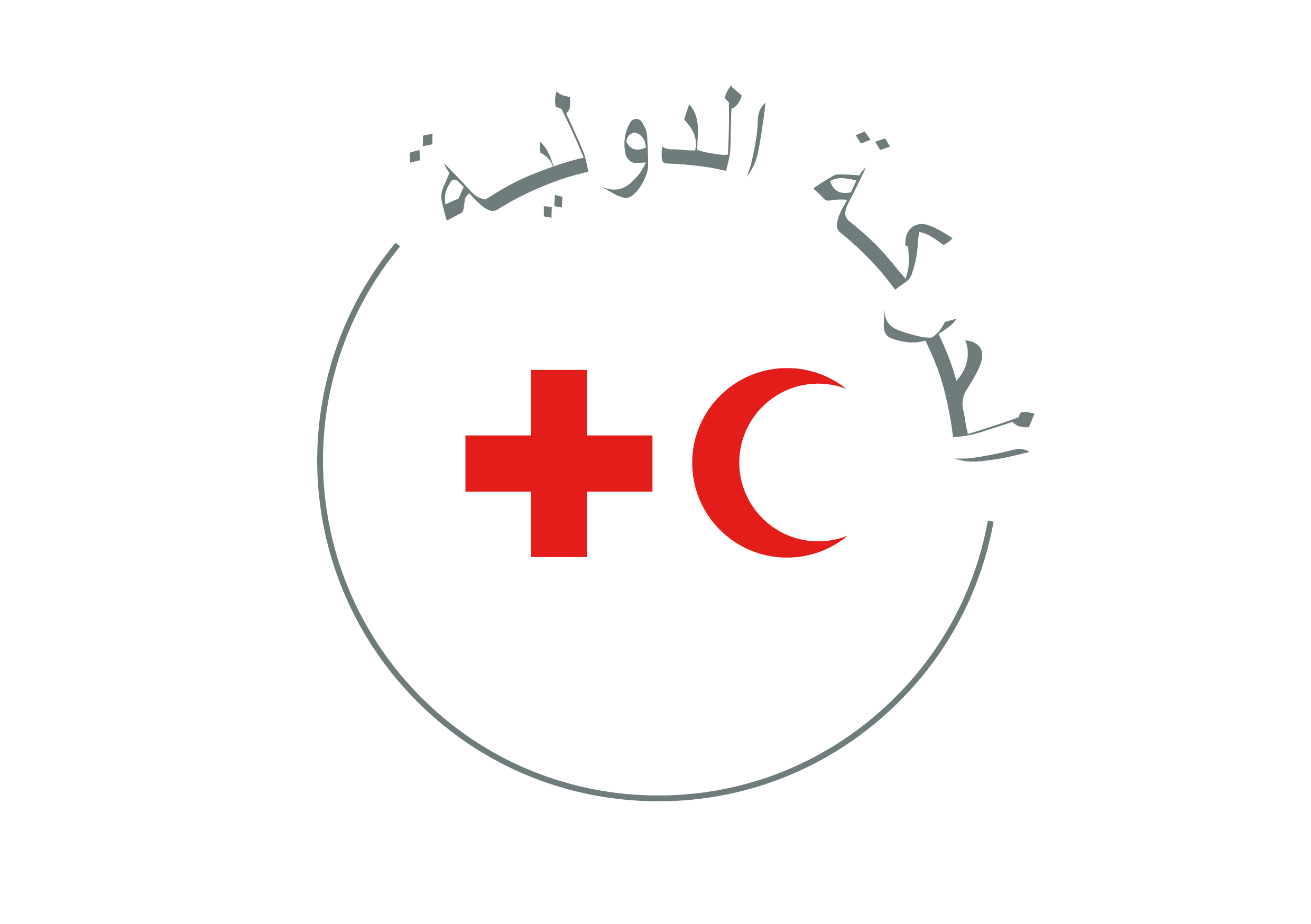ا) أهداف التعهد
Cash and voucher assistance (CVA) can provide a more timely, efficient, effective, flexible and appropriate form of humanitarian assistance, when the context and conditions are right. CVA enables choice and, therefore, is more dignified and empowering for people affected by crisis. CVA can also help recovery through support to livelihoods and local markets. CVA embodies a transformational change from traditional forms of aid to a model where economic power and decision-making are shifted into the hands of people in crisis.
CVA is recognised as playing an important role in innovation in humanitarian response, using the potential of digital payments, mobile money and technology to reach affected populations with cash transfers. The digitalisation of aid provides opportunities for new models of assistance as well as new partnerships, with the potential to increase access to financial services during times of crisis.
The International Red Cross and Red Crescent Movement has taken significant steps to increase the use of CVA since the commitments made at The World Humanitarian Summit in 2016, adopting a common Cash Transfer Programming Strategic Framework and a set of global targets, and pursuing a global agenda to be “cash ready”. This involves ongoing efforts to institutionalise and mainstream CVA in systems and programs, strengthen operational capacity for CVA delivery, and build partnerships with governments and other key actors, including the private sector. The 33rd International Conference is an important opportunity to redouble these efforts and pledge our commitment to CVA.
The signatories of this Pledge commit to:
– Create the conditions that enable CVA to be an integral part of humanitarian aid, ensuring CVA becomes a routine consideration in humanitarian response.
– Promote the use of CVA, where feasible and appropriate, in relevant policies and strategies.
– Invest in the development of organisational structures, tools and systems required for CVA, particularly recognising the key role of local and national actors in CVA delivery.
– Build partnerships and strengthen collaboration on CVA across organisations and sectors to harness resources, expertise and experience.
– Strengthen links and, where possible, alignment between humanitarian CVA and government social protection systems and emergency social safety nets.
– Share data, evidence and learning on CVA programmes to assess the costs, benefits, impacts and risks, and help improve the quality of CVA interventions.
– Ensure the collection and management of data for CVA follows principles and guidelines for data protection.
– Recognise CVA should be treated no differently to in-kind aid or service provision, and should be provided in full respect of the Fundamental Principles.
ب) خطة العمل:
The Action Plan focuses on delivery of the above commitments. Signatories of the Pledge support the following priority action:
– Increase the volume of humanitarian aid delivered through CVA.
– Increase investment in the capacities of National Societies to be “cash ready” through cash preparedness in all regions.
– Mainstream CVA across organizational systems, programs and support services.
– Increase the number of staff and volunteers trained, skilled and equipped to respond with CVA.
– Provide tools, learning and evidence to support CVA programs.
– Advocate for CVA and influence policy-makers within the Movement and with the wider humanitarian community, including donors.
– Build partnerships with other humanitarian actors, governments and the private sector to provide effective and innovative CVA at all levels.
ج) مؤشرات قياس التقدم المحرز
Measurable indicators include:
– Number of crisis-affected people reached with CVA
– Annual financial CVA data collected through “counting cash” system
– Number and scale of operations involving CVA delivery
– Number of National Societies assessed as cash ready
– Number of people trained in CVA
– Cost benefit analysis of CVA programs
– Evaluation evidence of CVA program impact on dignity and well being of people affected by crisis
د) الآثار المترتبة على الموارد:
Implementation of this Pledge will require sustained efforts; leadership commitment and investment of resources in National Society cash preparedness; core institutional capacity in the IFRC Secretariat and ICRC to ensure Movement coordination and technical assistance to partners and operations; and institutional support to partnerships with governments, other humanitarian actors and the private sector.


